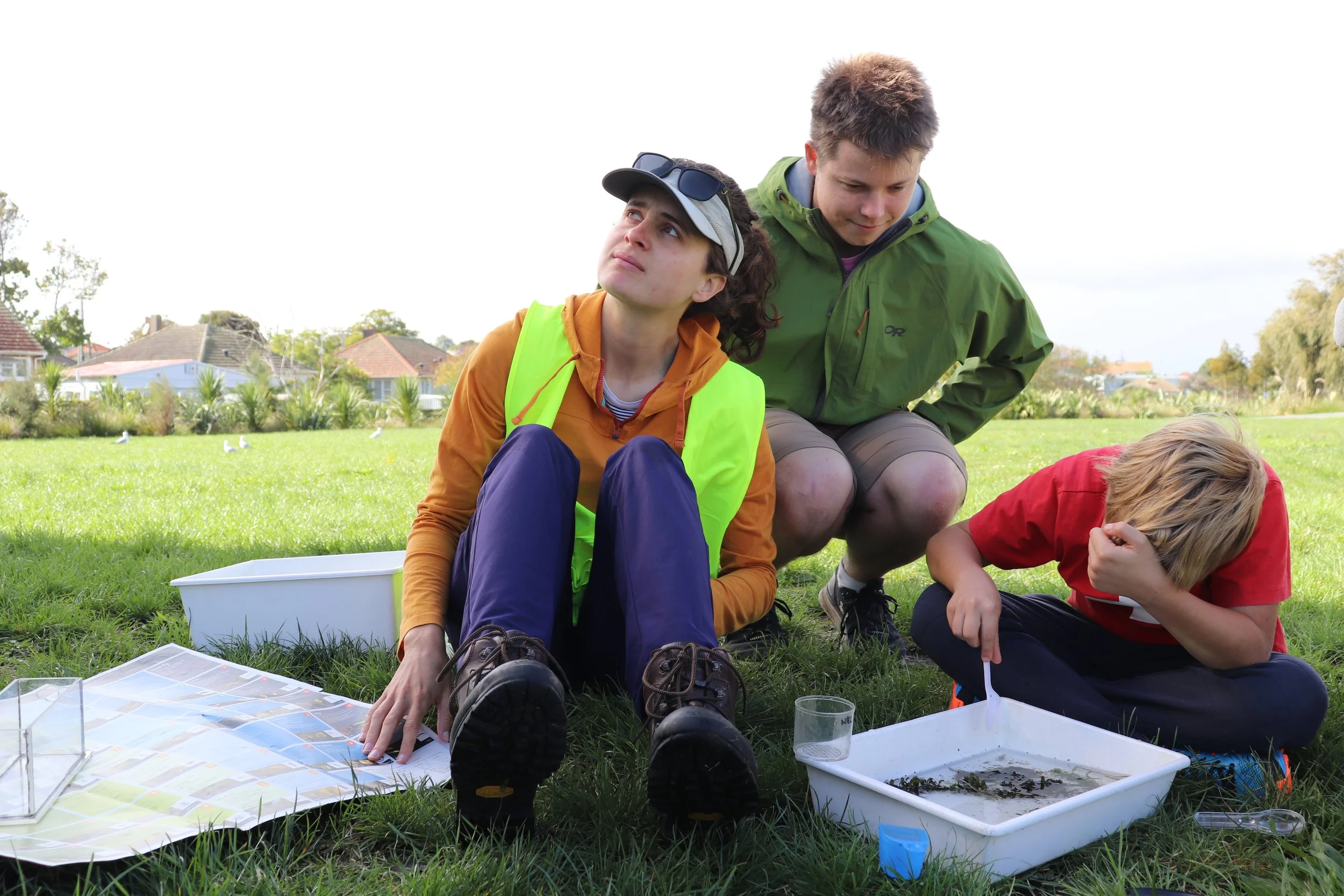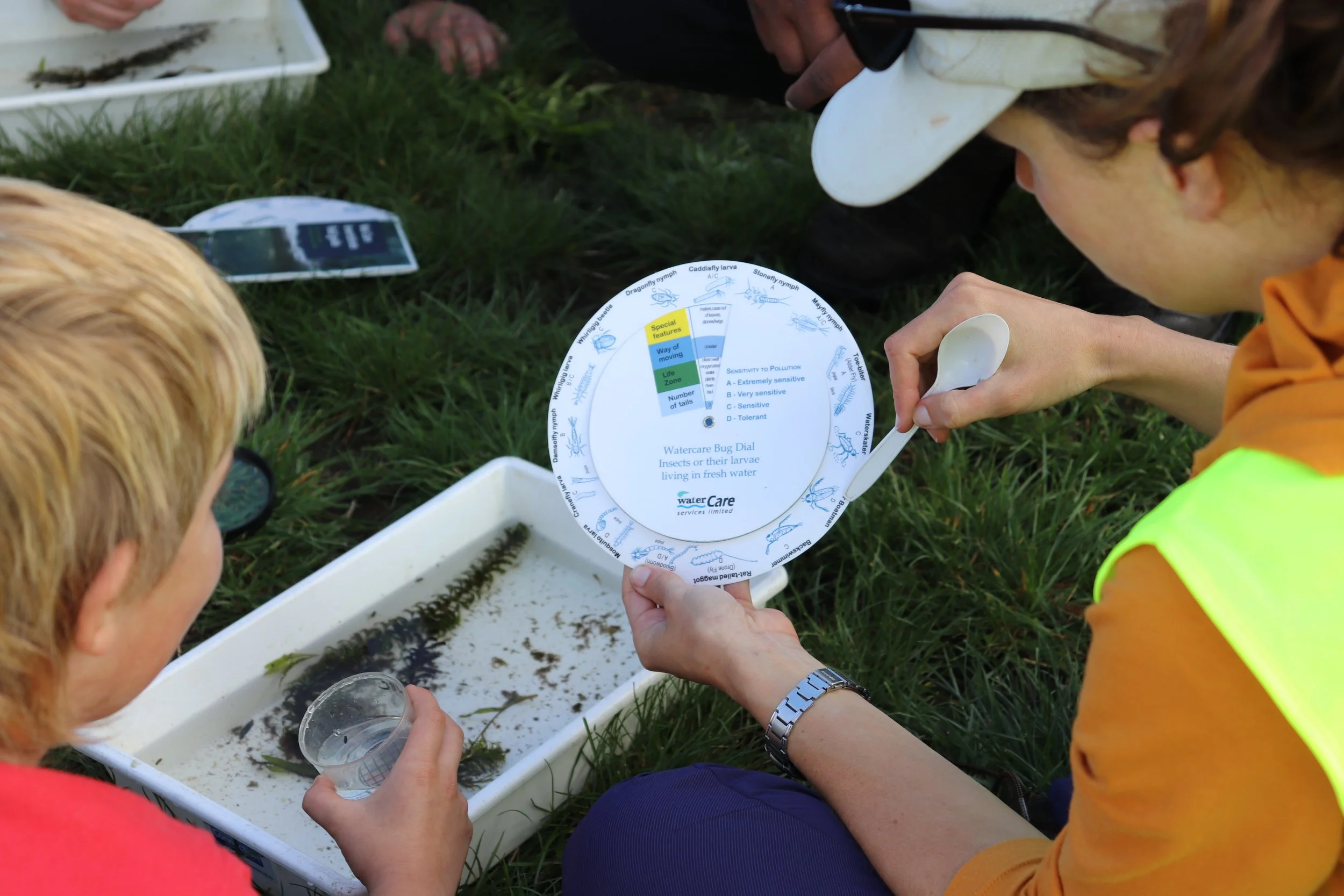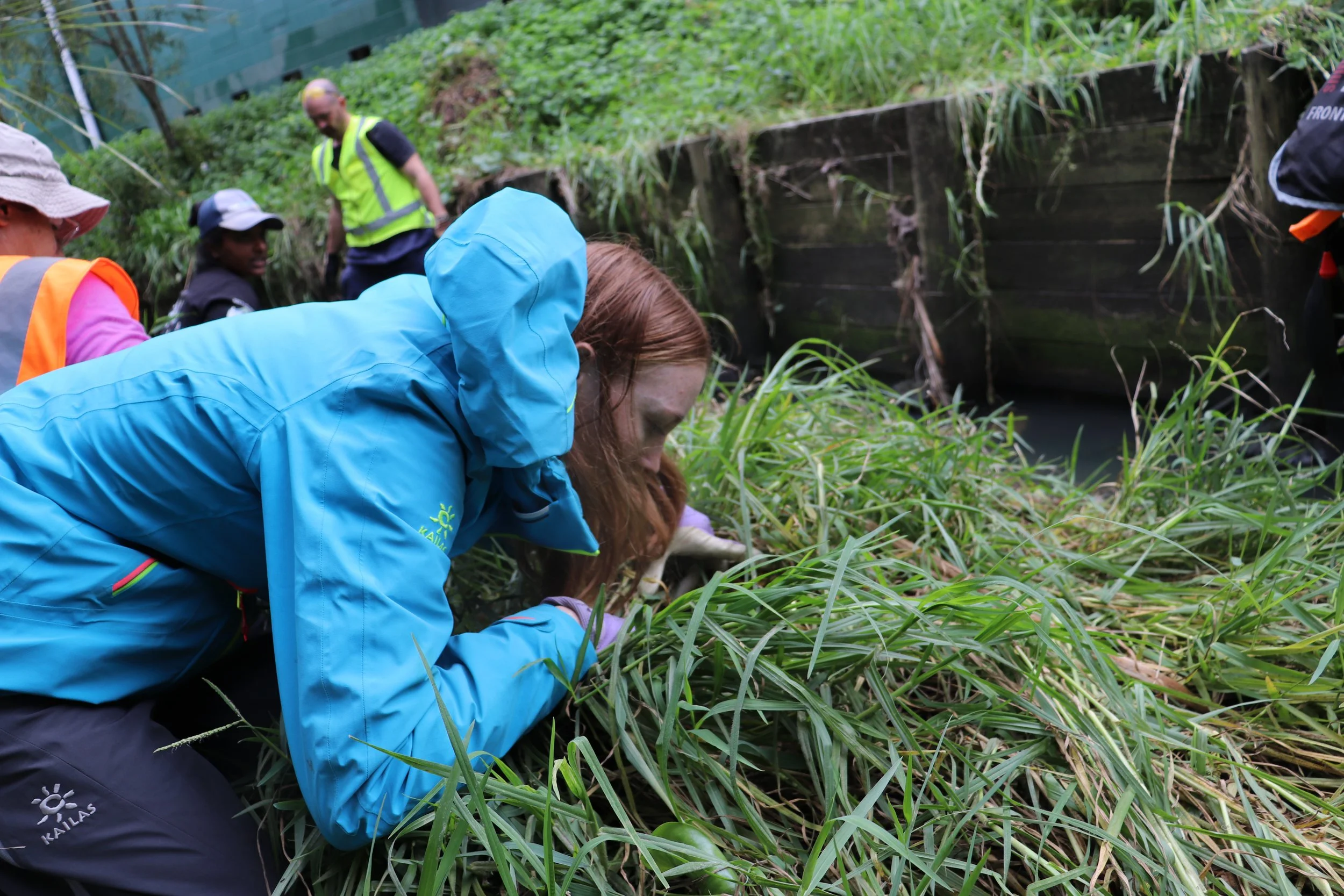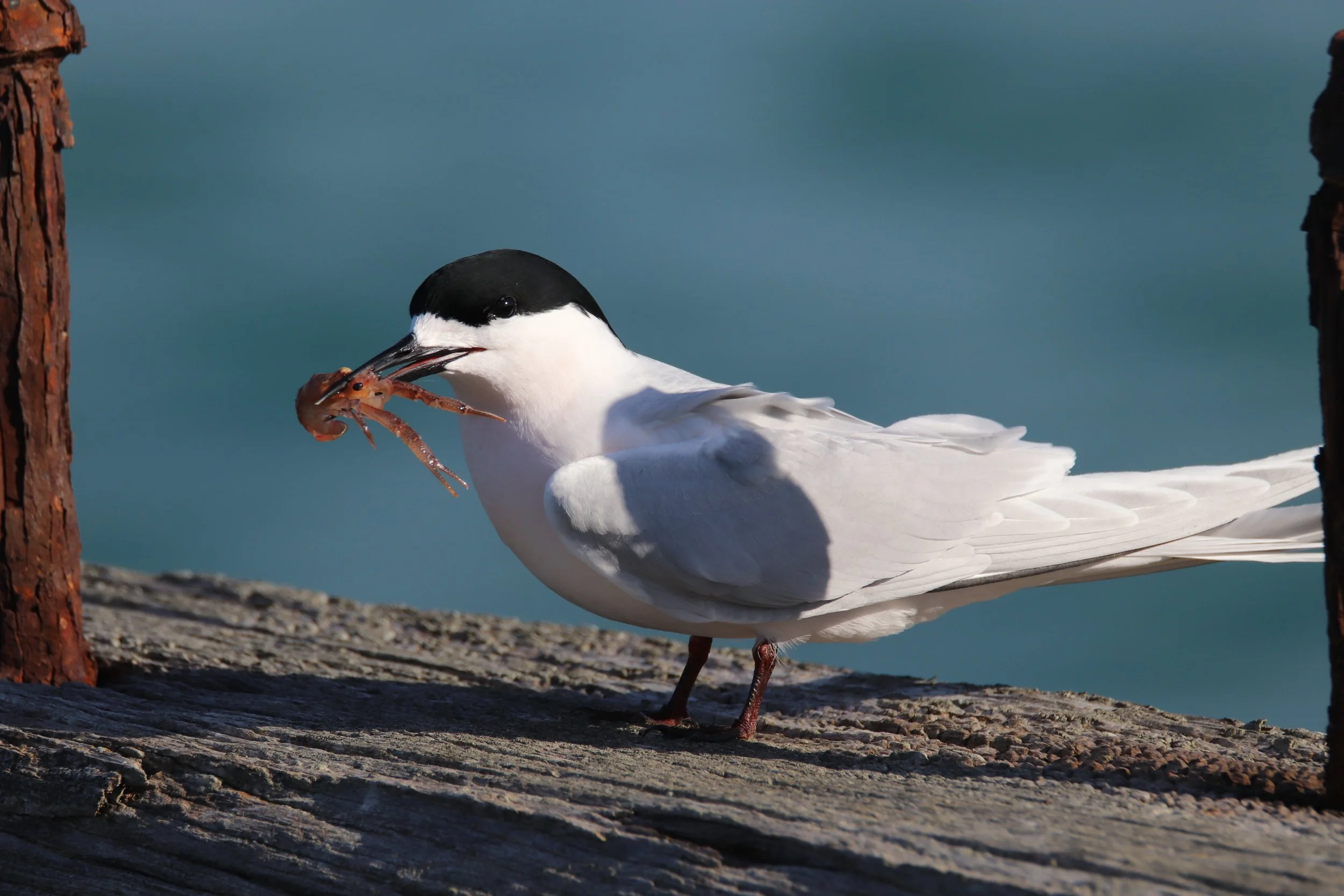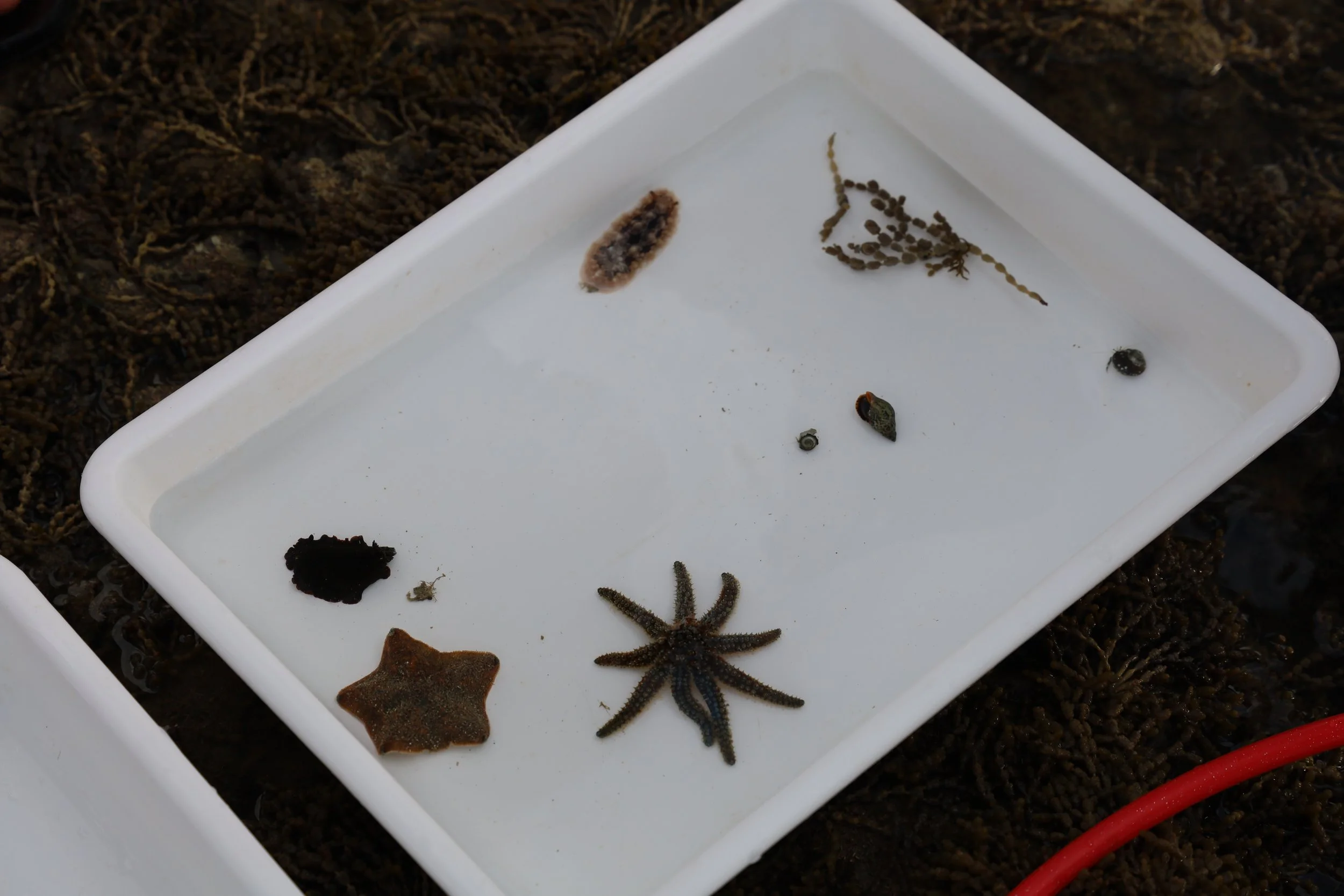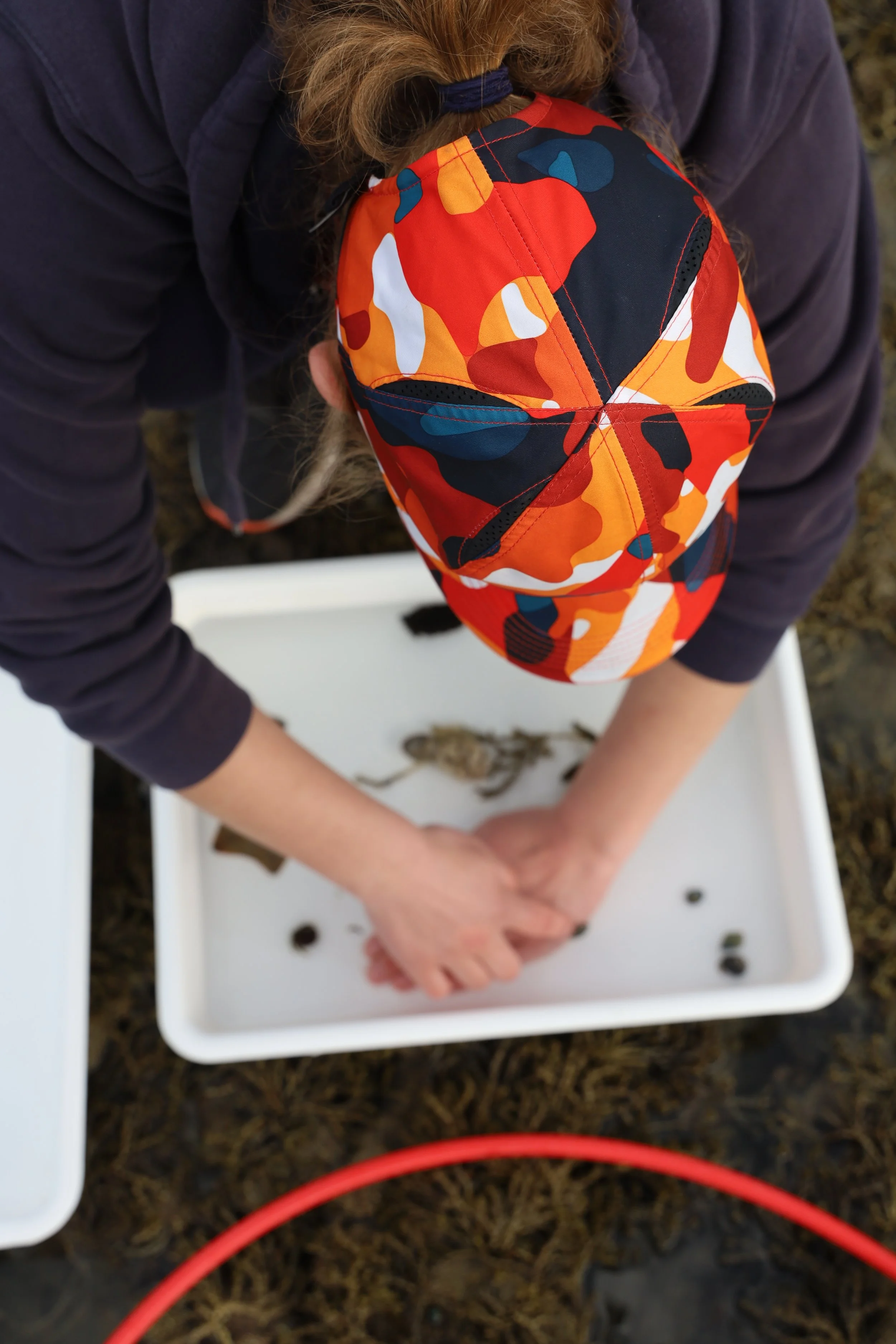Biodiversity Surveys
What is a biodiversity survey?
A biodiversity survey seeks to create a snapshot in time of the biodiversity or different types of species found within a given area, at a given time.
Why are biodiversity surveys important?
By monitoring the native and introduced species present within an area through repetitive surveys over time, we are able to track changes, both positive and negative.
In the case of restoration of an area, we would expect the native fauna (animal) biodiversity to increase - as more native trees, and therefore habitats and food sources are planted, cared for and start to thrive, weed plants are removed/reduced, and pests are trapped.
On the other hand, if an area is left to become overrun by introduced weed plant and tree species, and introduced pests, we would expect the native biodiversity to decrease (flora - plants, and fauna - animals) due to competition for resources between native and introduced species.
What are some examples of biodiversity surveys?
Biodiversity surveys can come in a variety of forms. Here are some examples:
Predator tracking and tracing
5min bird surveys
Invertebrate/insect/bug surveys (on land)
Fungi hunts
Native/Introduced plant surveys
Macro-invertebrate surveys (in water)
Fish surveys
Marine Metre Squared (rocky shore biodiversity)
Photographic surveys
Observations of behaviours such as migration, food sources, interactions, etc.
Species-specific monitoring
How can I get involved?
Biodiversity surveys can be some of the most rewarding citizen science surveys to take part in, and the cool thing is that they can be easy to access too! Using limited resources you can undertake biodiversity surveys in your own backyard, local greenspace, school, or work!
Have a think about what you could study over time in your local area and find the best methods for what you what to monitor!
Feel free to get in touch if you’re stuck on where to start! We can even make you some resources specific to your area.



